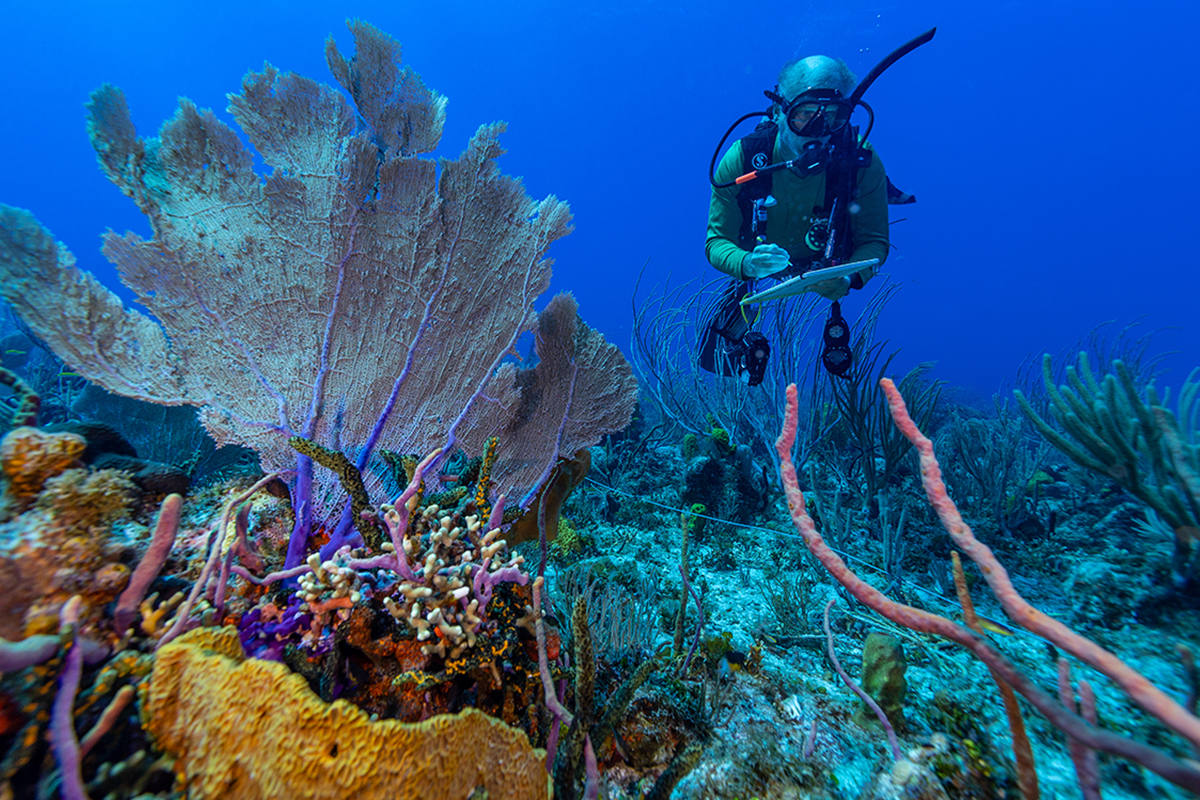
Pristine Seas team member, Alan Friedlander, sampling in the remote reefs in the northernmost region of the Seaflower Biosphere Reserve
After a number of years writing about ocean conservation as an academic, Enric Sala decided he wanted to take a more active role in protecting our seas. Here he tells Trudy Ross about his Pristine Seas project, which combines exploration and research to conserve the world’s oceans
LUX: What inspired you to dedicate your career to researching and protecting marine ecosystems?
Enric Sala: As a little boy, I grew up dreaming to be an ocean explorer and swimming in the Mediterranean, which was pretty much devoid of life. But one day I dived in a marine reserve where fishing was banned, and there I saw all the abundance of life that was missing from the sea of my childhood. That day I understood that if we give nature space, it can heal itself – and decided to work on protecting the ocean.
LUX: You made the jump from working in academia to being a full-time conservationist 15 years ago, because you wanted to stop ‘writing the obituary of the ocean’ and instead start looking at solutions. What were the biggest challenges you faced when making this career change?
ES: The biggest challenges are several. First, there is a large lack of awareness that we are overexploiting the ocean to a dangerous point beyond which it may never recover. Second, entrenched interests with strong political connections, like oil companies and the industrial fishing lobby, oppose more ocean protection. But despite these challenges we’ve been able to show that marine protection benefits not only marine life, but also people and the economy.
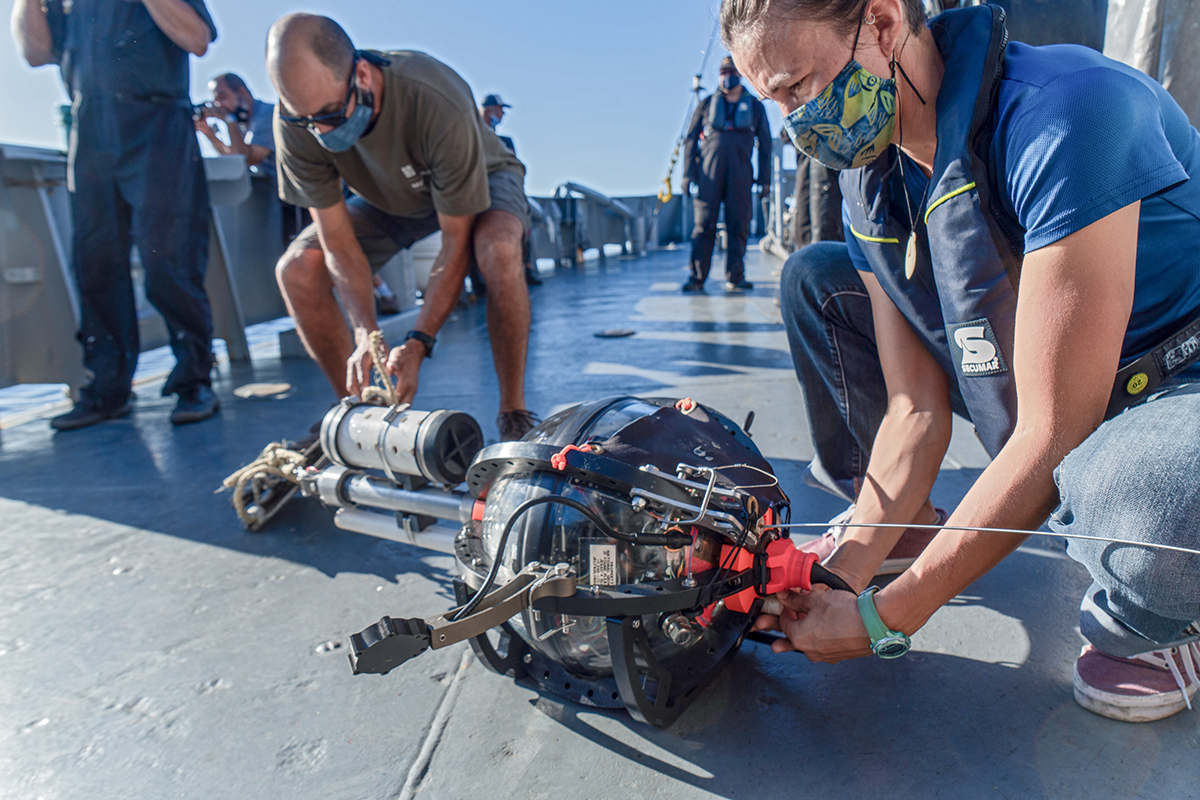
Pristine Seas team assembling deep sea camera onboard the ROU 23 Maldonado, South Atlantic Ocean Uruguay
LUX: Can you tell us more about your Pristine seas project and share some of its primary goals?
ES: Pristine Seas works with local communities, Indigenous Peoples and governments to protect vital places in the ocean, for the benefit of humanity. To date we have helped to protect 26 areas across the ocean, from the poles to the tropics, covering a total area over twice the size of India. Our goal is to contribute to the global target of protecting 30% of the ocean by 2030.
Follow LUX on Instagram: luxthemagazine
LUX: What criteria do you use to identify and select areas for the Pristine Seas project, and how do you assess their ecological importance and conservation potential?
ES: We always support local conservation efforts, which can be divided in two categories: areas that are still near pristine and need to be protected before it’s too late, and areas that are somehow degraded but, if highly protected, they would deliver big gains for marine life, food and climate. Our approach is science-based, using global databases on marine life, fishing and carbon, and our own data collected during our expeditions to these vital ocean places.
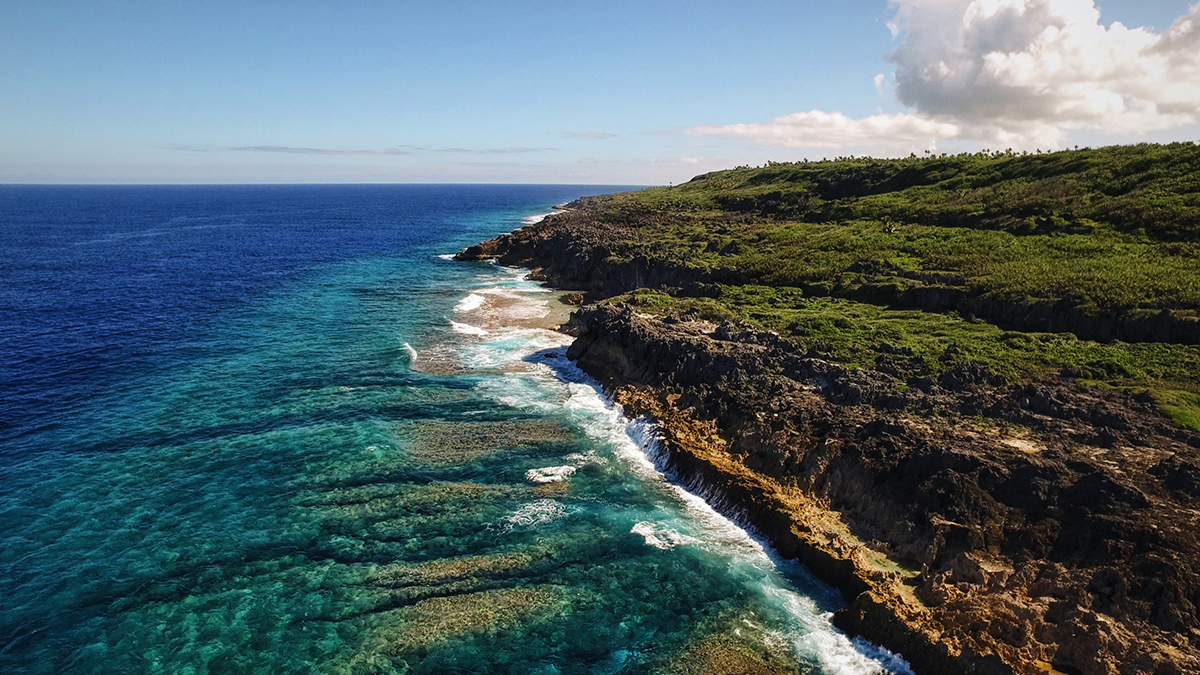
The Pristine Seas team was invited by the government of Niue and Tofia Niue to help the island community survey its underwater environment in an effort to ensure the long-term sustainable use of resources
LUX: Can you discuss any recent discoveries or achievements from your expeditions that have improved our understanding of the marine ecosystem?
ES: Coral reefs suffer from ocean heat waves, which kill enormous amounts of corals. But we found that coral reefs can bounce back from these warming events if they are fully protected and harbor large abundances of fishes. It is the fishes that keep the reefs clean and allow the corals to return. Without the big and abundant fishes, dead corals are smothered by seaweed forever.
LUX: How do you engage with local communities and stakeholders when establishing marine protected areas through the Pristine Seas project?
ES: We always support local efforts to create marine protected areas through our research, storytelling and economic analysis. We work with local scientists to assess the health of their marine environment, provide local communities with cost-benefit analysis of protection, and advise them on how to implement their desire to protect more of their waters.
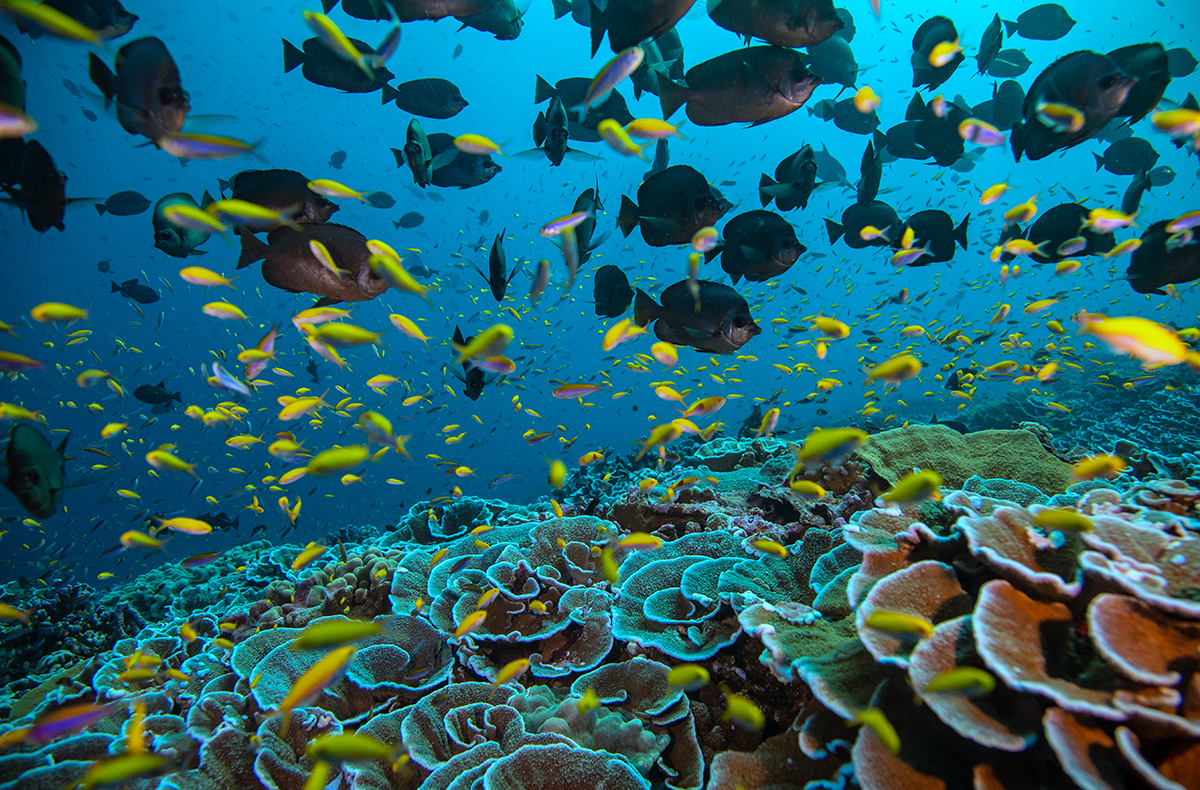
Kiribati’s Southern Line Islands where Pristine Seas launched a three-week expedition in 2020
LUX: What role do you see technology playing in marine conservation, and are there any specific technological advancements that have greatly enhanced your research or conservation efforts?
ES: Technology is key to allow us to explore the deep sea and remote areas, including satellite monitoring of illegal fishing – these have been instrumental developments to enhance our work. But technology and data alone are not sufficient. We actually need people to care. This is why we use our films and storytelling first, to inspire people to fall in love with their ocean – and then we provide the scientific and economic data to support action.
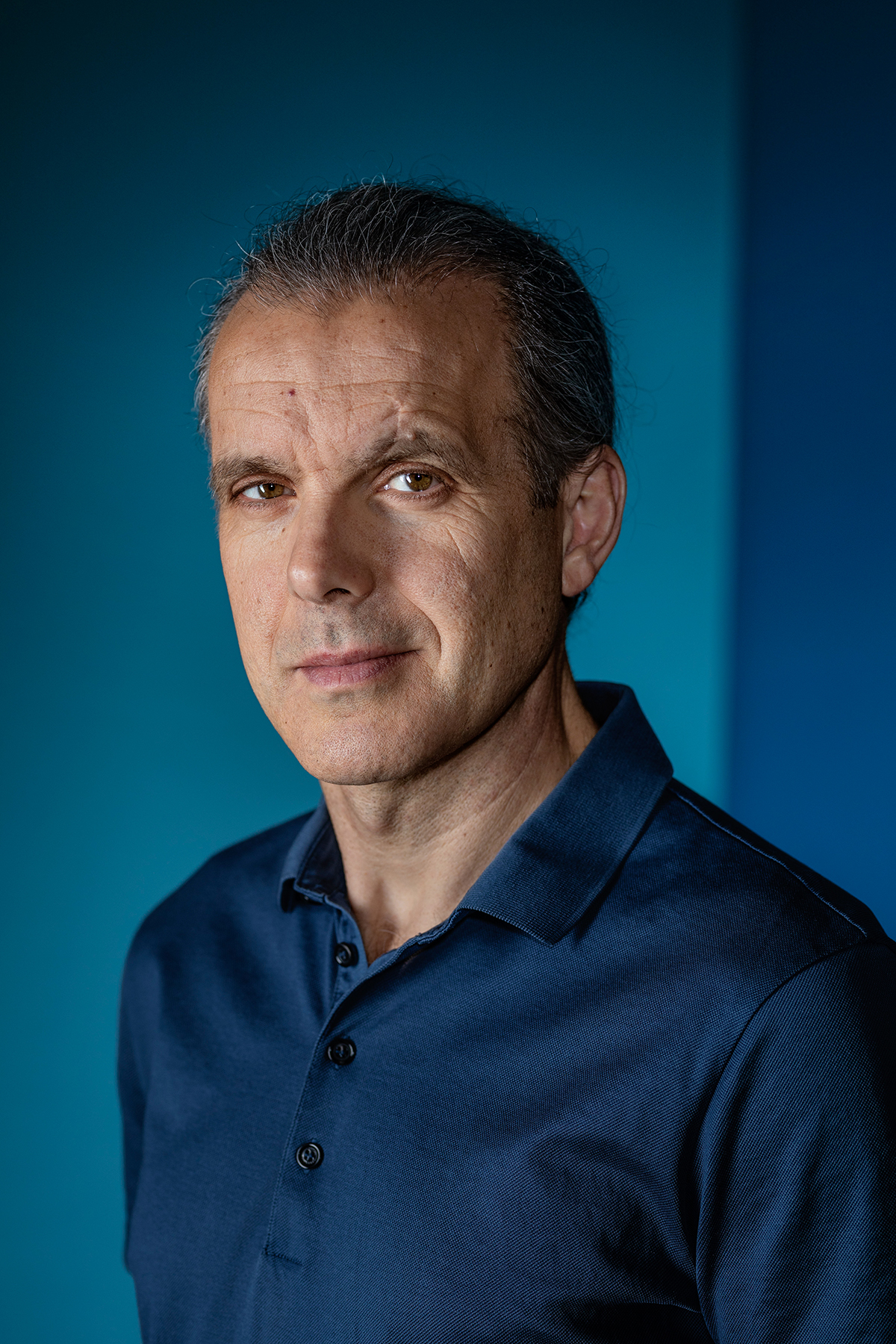
Dr. Enric Sala, photographed at NG Headquarters in Washinton, DC
LUX: How can governments and policymakers be encouraged to prioritise the protection of marine environments, especially in areas beyond national jurisdictions?
ES: For governments and policymakers, the easiest encouragement comes from the fact that ocean protection is good business! If we protect an area from fishing and other damaging activities, marine life comes back spectacularly. Fish abundance increases on average by 500% within a decade. Fish grow larger and produce many more babies, which helps to replenish nearby areas and helps local fishers. And when the fish come back, divers come in, supporting jobs and bringing in more economic benefits. Therefore, highly protected areas are a triple win. That’s what happens in countries’ waters. Beyond national jurisdiction, it is not as easy because many countries have to agree to protect an area.
Read more: An interview with Blue Latitudes: can oil rigs help save the ocean?
LUX: Pristine Seas has helped to create 26 of the largest marine reserves on the planet. Can you tell us about three of these areas which you find most fascinating, and which you would encourage our readers to look into?
ES: This is like asking parents which of their children they love the most! There are many wonderful places we have explored and helped to protect. A few examples are the kelp forests off the southern tip of South America, the pristine coral reefs of the southern Line Islands, and the offshore islands of Cocos (Costa Rica), Malpelo (Colombia) and Darwin and Wolf (Ecuador).
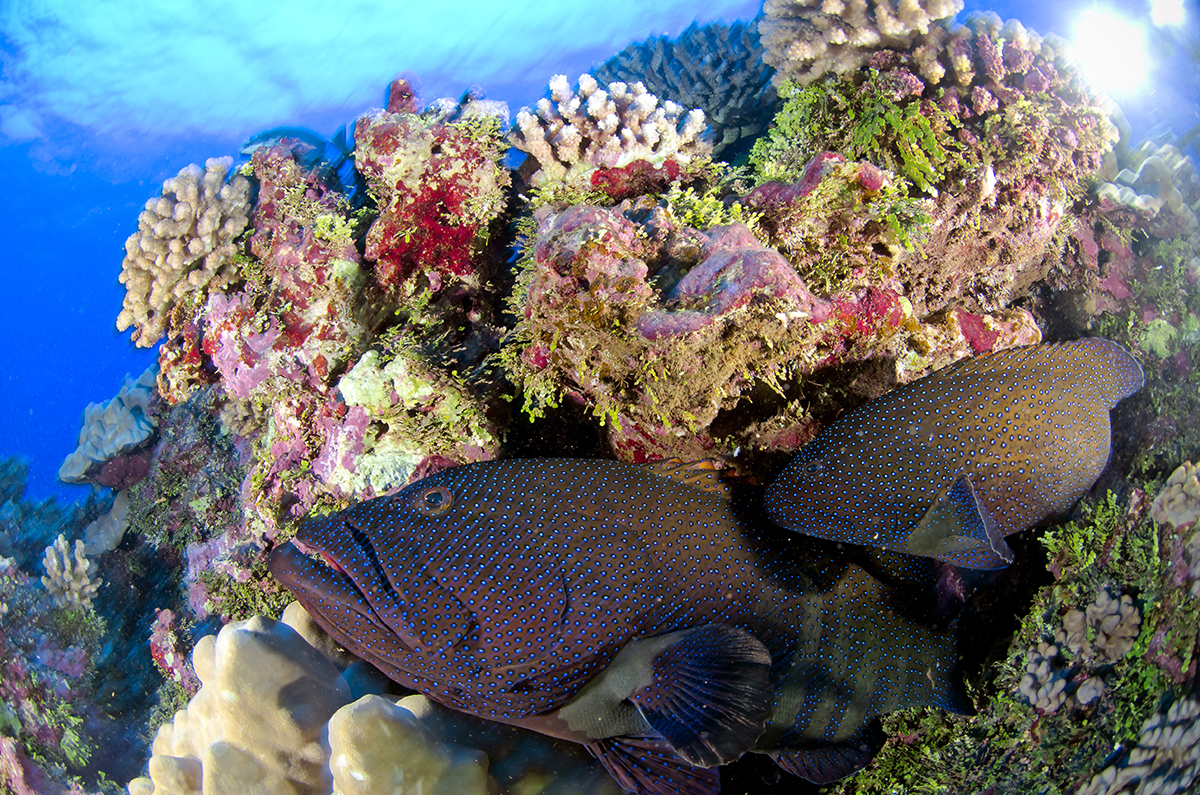
In March 2012, Pristine Seas, in cooperation with the PEW Charitable Trusts, undertook a month-long expedition in the four Pitcairn Islands
LUX: In your opinion, what are the most significant threats facing our oceans today, and how can we effectively address these challenges on a global scale?
ES: Overfishing, global warming and pollution are the major threats to ocean life. Overfishing is the easiest to solve, through responsible management of fisheries and protected areas. Solving pollution will require society to develop a circular economy without waste. And global warming is the most difficult of all, but it all comes down to halving our carbon emissions every decade to 2050, and to protect and restore more of nature so it can absorb much of our excess carbon pollution in the atmosphere.
LUX: Looking ahead, what are your aspirations for the future of marine conservation, and what would you like to see accomplished in terms of global efforts in the next decade?
ES: All the nations in the world agreed in December 2022 to protect 30% of the global ocean by 2030. We have a target. Let’s make it happen.
All images by Manu San Félix, courtesy of National Geographic Pristine Seas
Find out more: www.nationalgeographic.org/pristine-seas




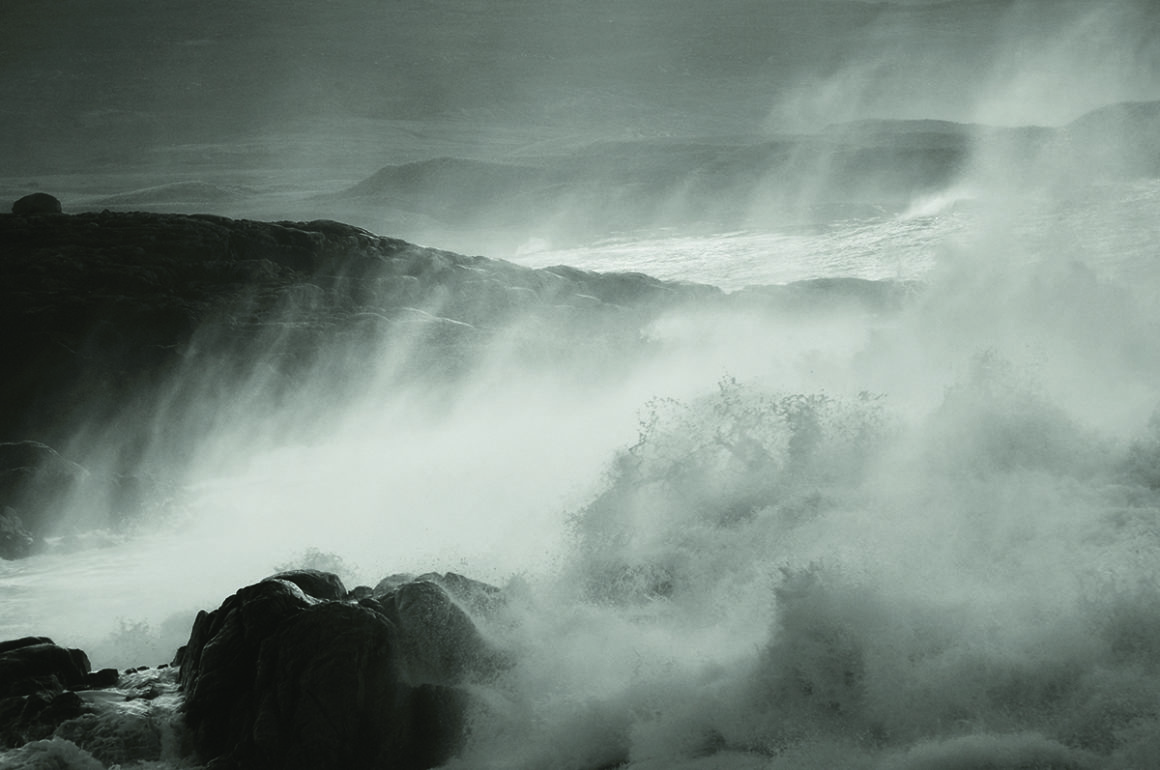
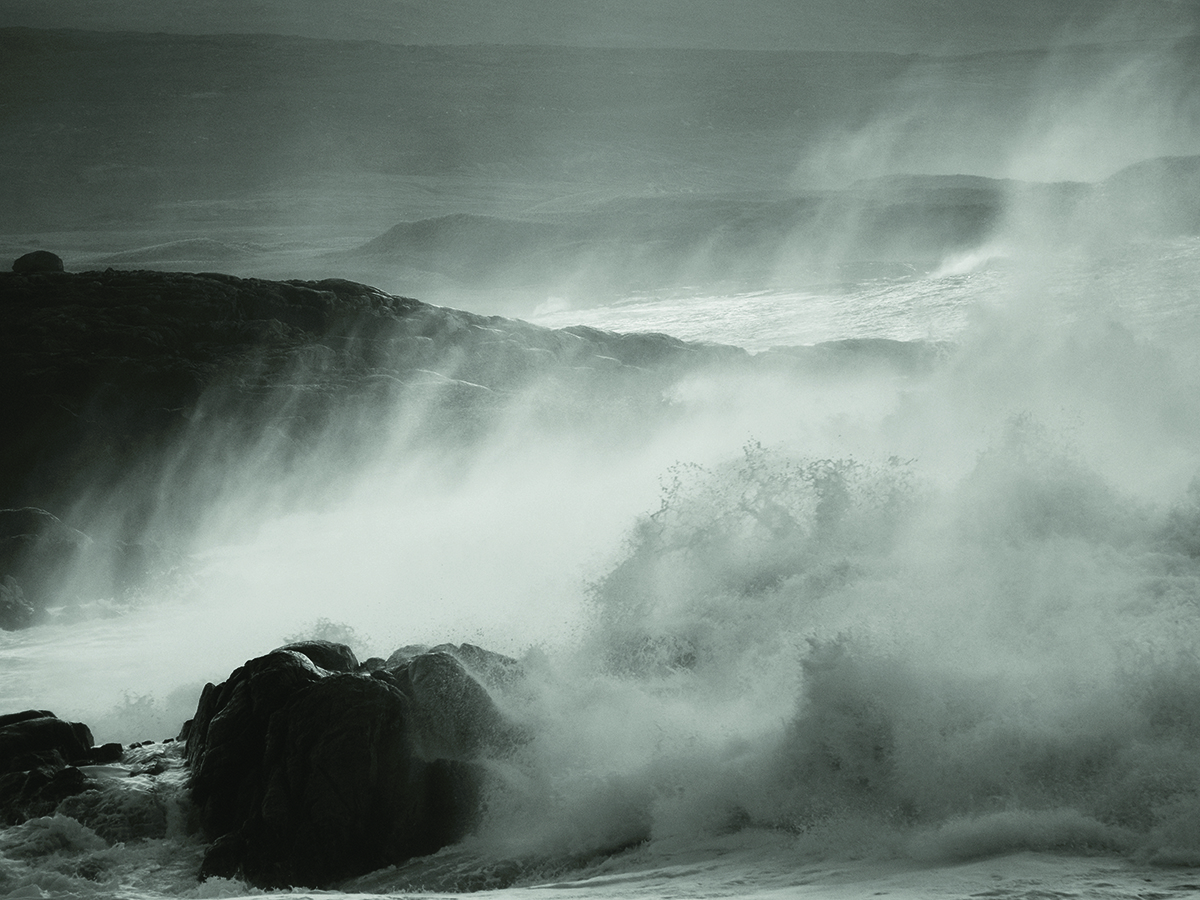
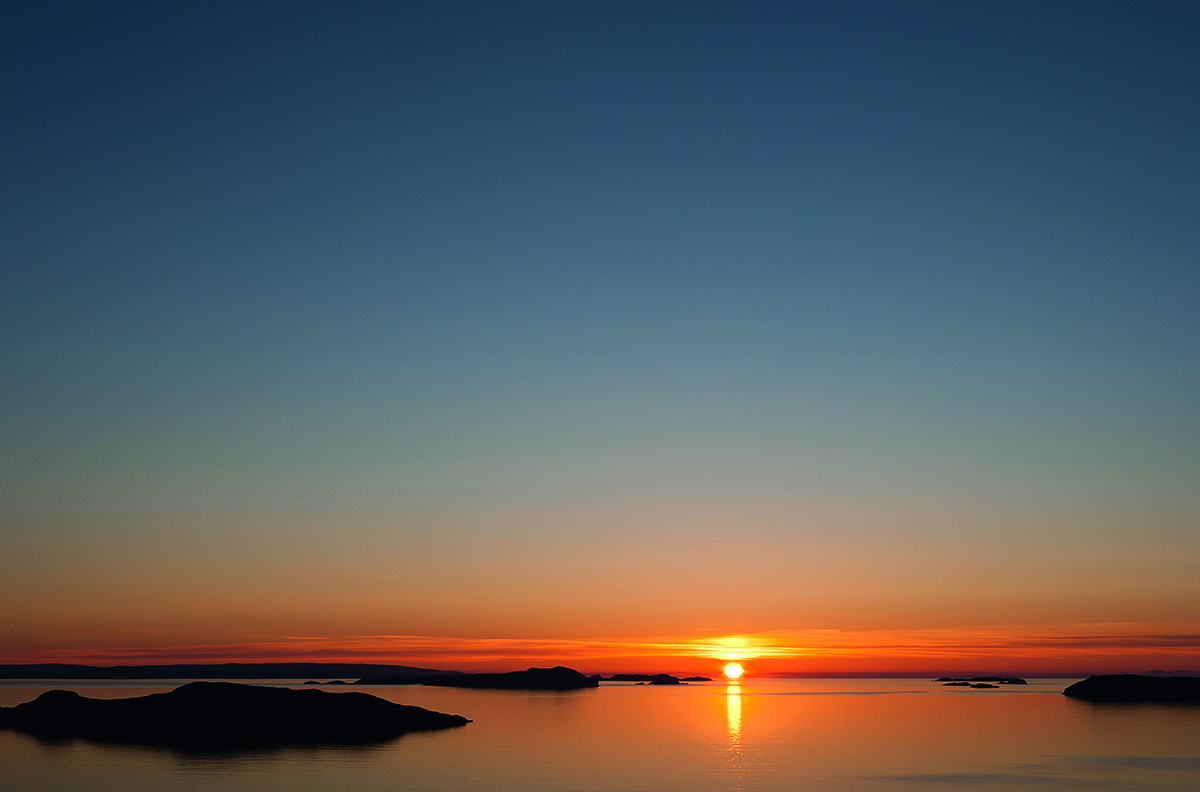
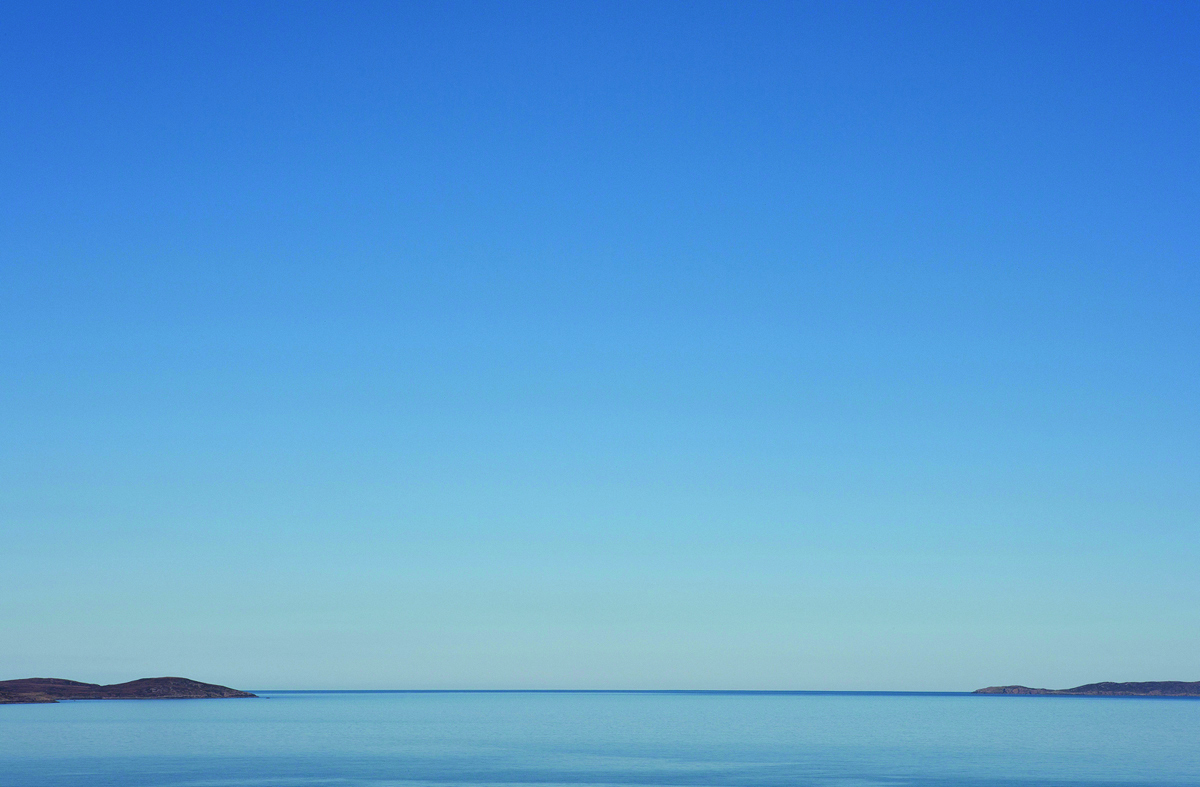
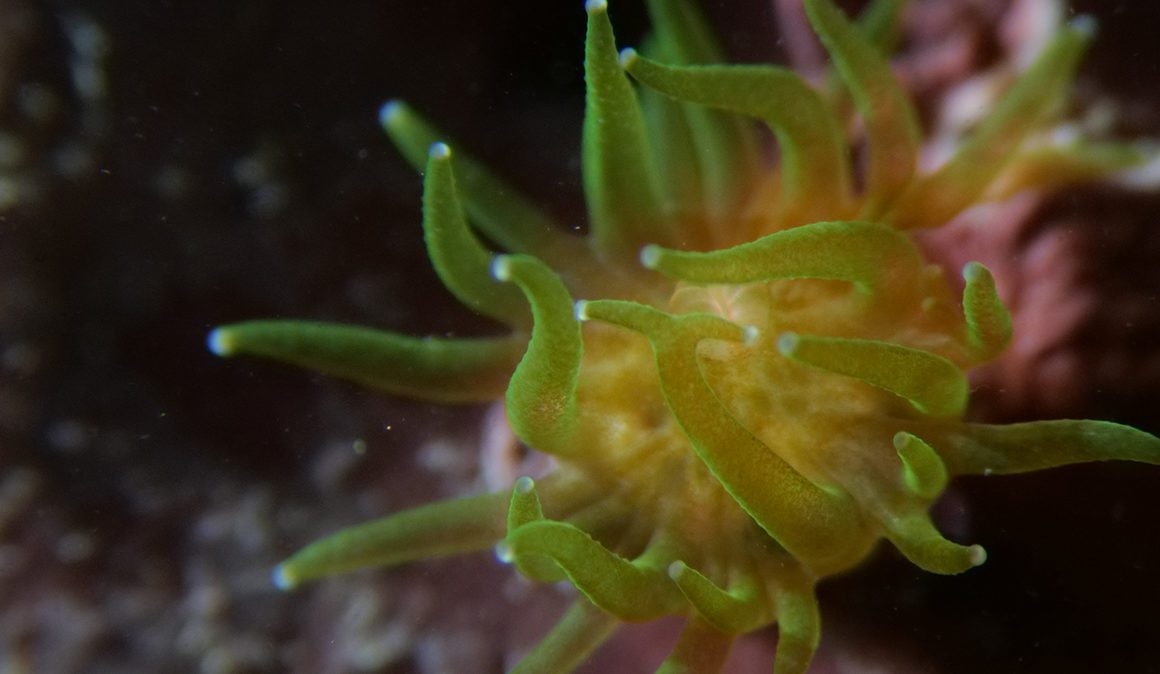
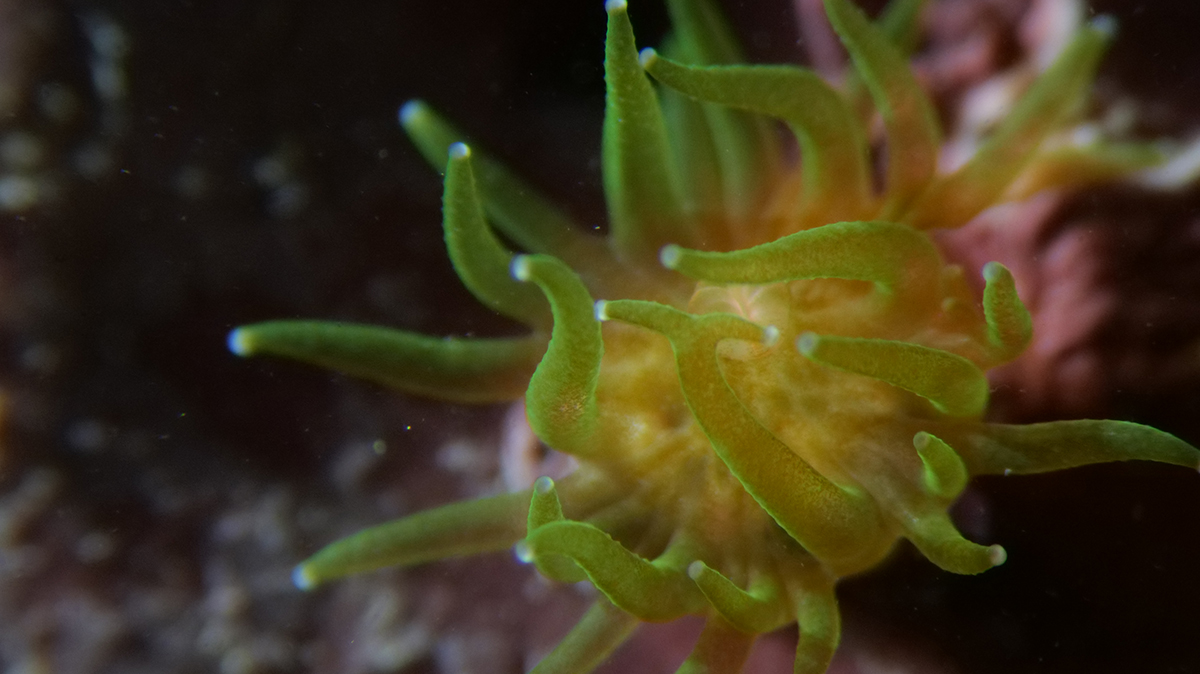
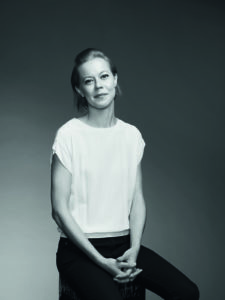
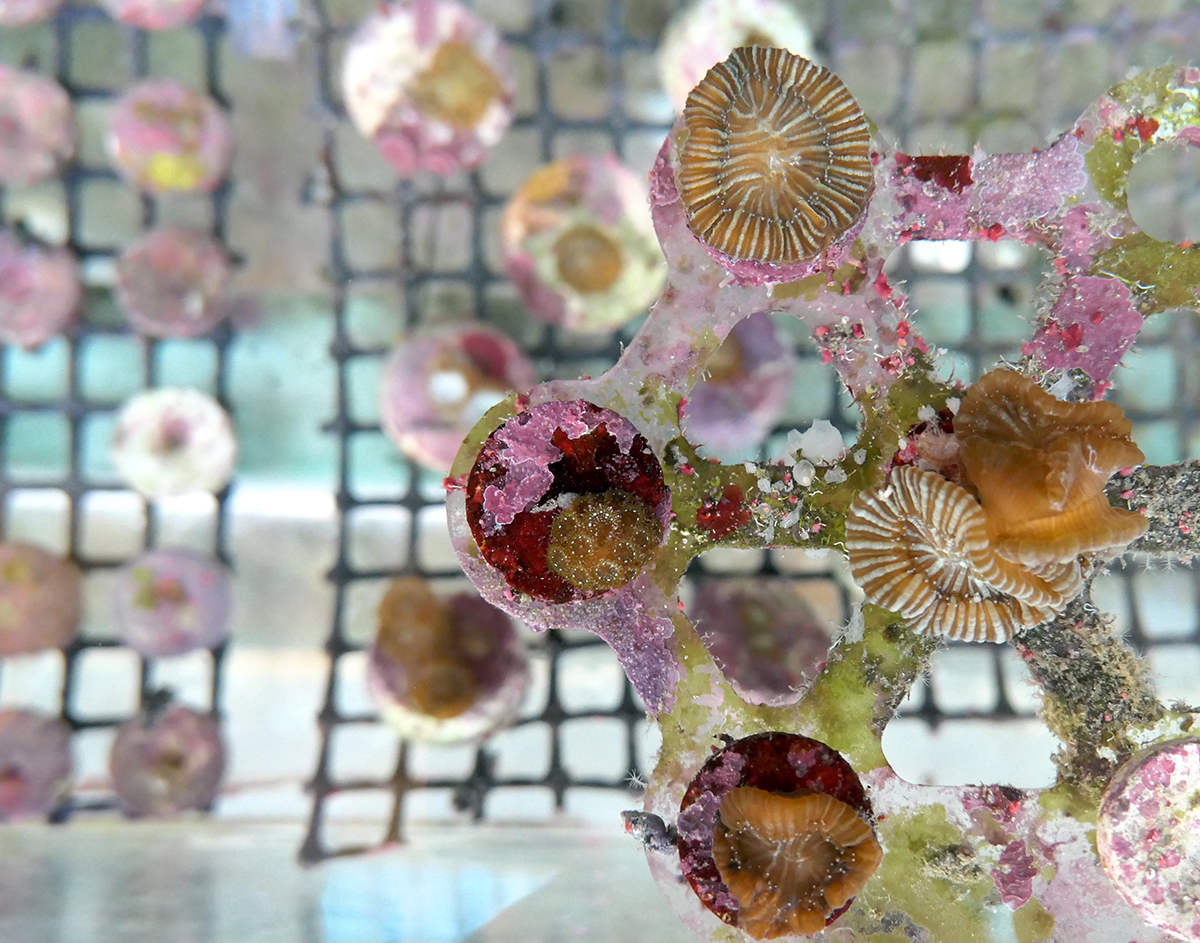


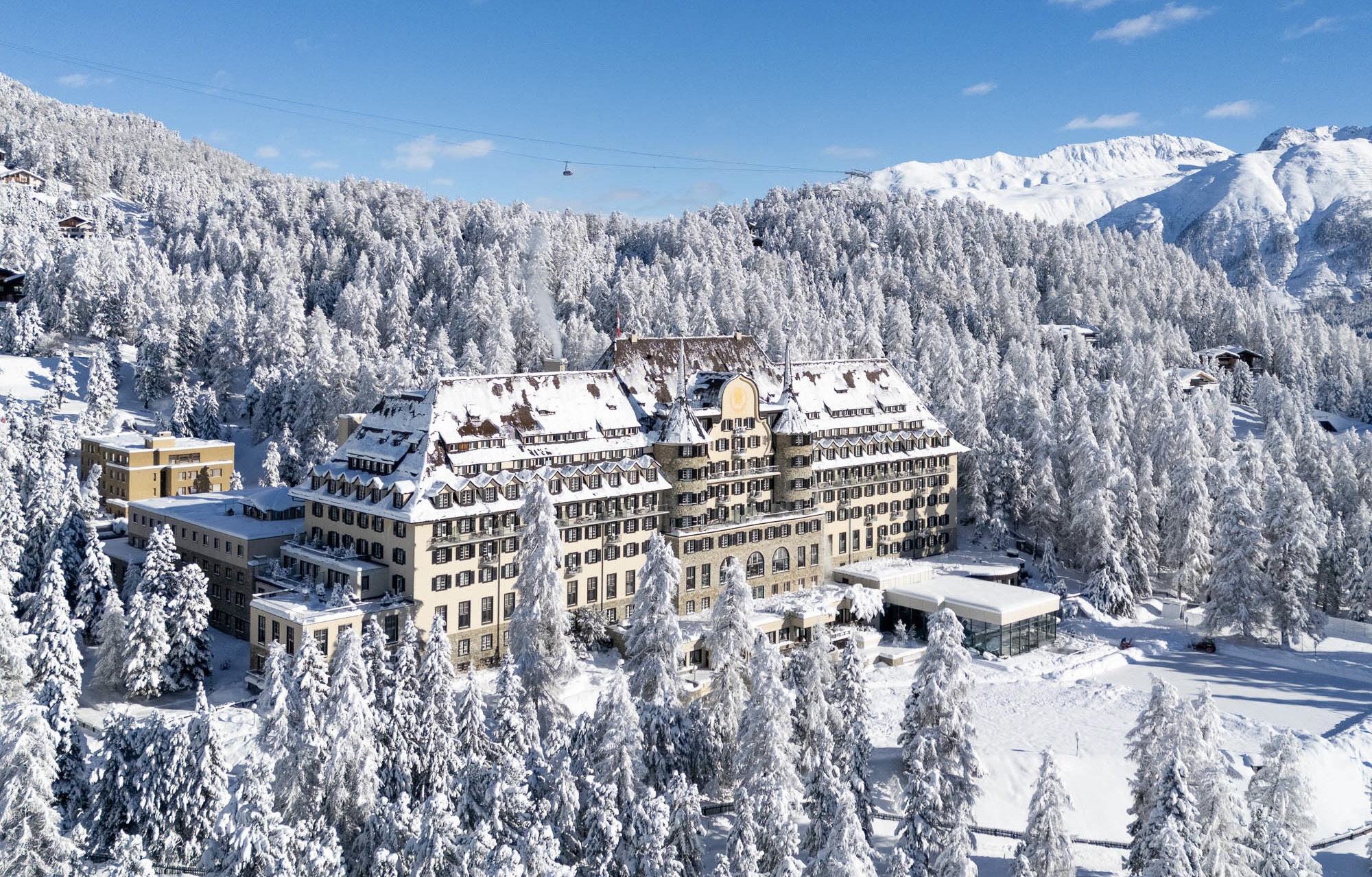


Recent Comments